Which western discipline is for you?
At first glance, it may not seem like the grace and beauty of a perfectly executed
Although their roots are slightly different,
Dressage: An Overview
Translated from French, the word “dressage” means training. Over hundreds of years, the discipline has been developed to enhance a horse’s natural athleticism.
Through steady and correct training, a horse performs a series of athletic movements with barely perceptible cues from the rider.
At its best,
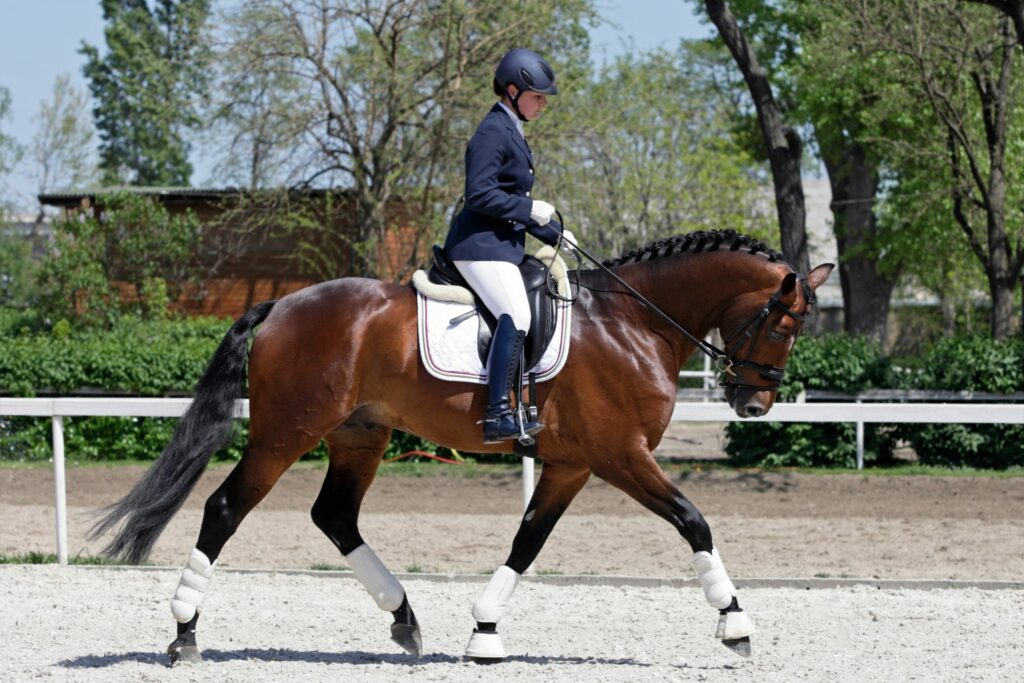
Photo Cred: Canva
While many riders prefer to perfect the art at home, the world of dressage competitions is active and diverse. Judges award points for individual movements done within increasingly complex movements called tests.
Point values from 0 to 10 are awarded for the quality of each movement culminating in an overall score.
Tests are arranged in a series of levels. In the United States, lower levels are regulated by the United States
Because the skills mastered in each level are designed to build upon each other, it’s not recommended that you ride the next level until you’ve mastered or achieved at least 60% on your current level.
Beyond the lower levels are a series of increasingly complex levels culminating in the Grand Prix, the level ridden by Olympic riders. The upper levels are governed by the Federation Equestre Internationale (FEI).
One of the most exciting parts of
Western Dressage
Western
Like conventional
dressage , riders must also develop their skills to develop a willing partnership with the horse.
Rider aids are equally clear and subtle in both Western and traditional
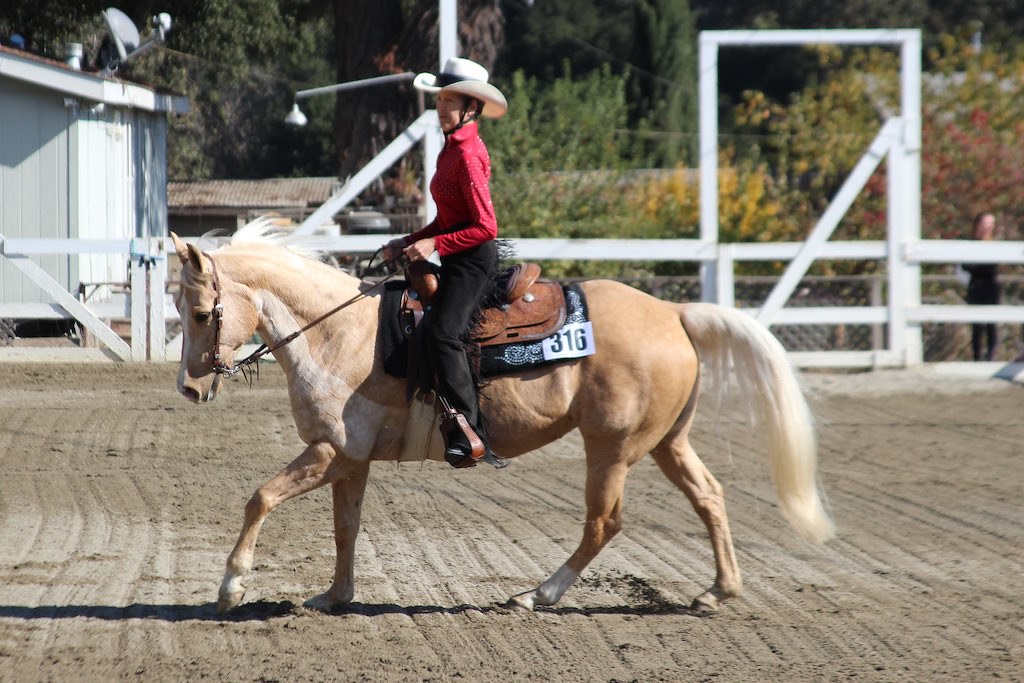
Photo Cred: Flickr Google Images Reuse
What are the levels in Western dressage ?
There are currently 7 levels of Western
If you’d like to see a Western freestyle performance, check out this harmonious duo:
What do you wear to a Western dressage show?
Attire for Western
Additional clothing items such as a necktie, vest, or chaps are optional.
What saddle do you use for Western dressage ?
A Western saddle is standard for Western
Other saddles, including Australian, English, Baroque, and Spanish, are NOT allowed in competition.
What is the difference between dressage and Western dressage ?
Both traditional and Western
There are a few marked differences between the two, the most prominent being the tack and rider attire.
Traditional
In general, attire for the
dressage rider is more conservative, while Western riders can assert their personality through brighter colors.
Another difference between the two sports is how much contact is desired between horse and rider. Western sports traditionally favor less contact via the reins and even mandate one-handed reining in some cases. On the other hand,
Although biomechanically the same, there are a couple of slight differences in reference to vocabulary for the 3 gaits in
In
Various
Lastly, Western
Cowboy Dressage
Many people credit the development of Western and cowboy
Eitan came to America and became more interested in horse training than veterinary medicine. He soon became known in show circuits for the elegance and self-carriage evident in the horses he rode.
One horse, in particular, a Morgan stallion named Holiday Compadre, catapulted his individual riding style into what is known today as cowboy
dressage .
Cowboy
Known as Soft Feel, this sense of two-way communication is at the core of this riding style. Eitan’s wife, Debbie, has been equally instrumental in bringing this riding style to others.
Cowboy
If you’re at all curious about cowboy
What are the levels in cowboy dressage ?
Levels are divided into several categories, such as whether the test will be ridden or performed as groundwork. They are subdivided into the walk and jog or walk, jog, and lope.
Cowboy
What saddle do you use for cowboy dressage ?
A Western saddle is required for cowboy
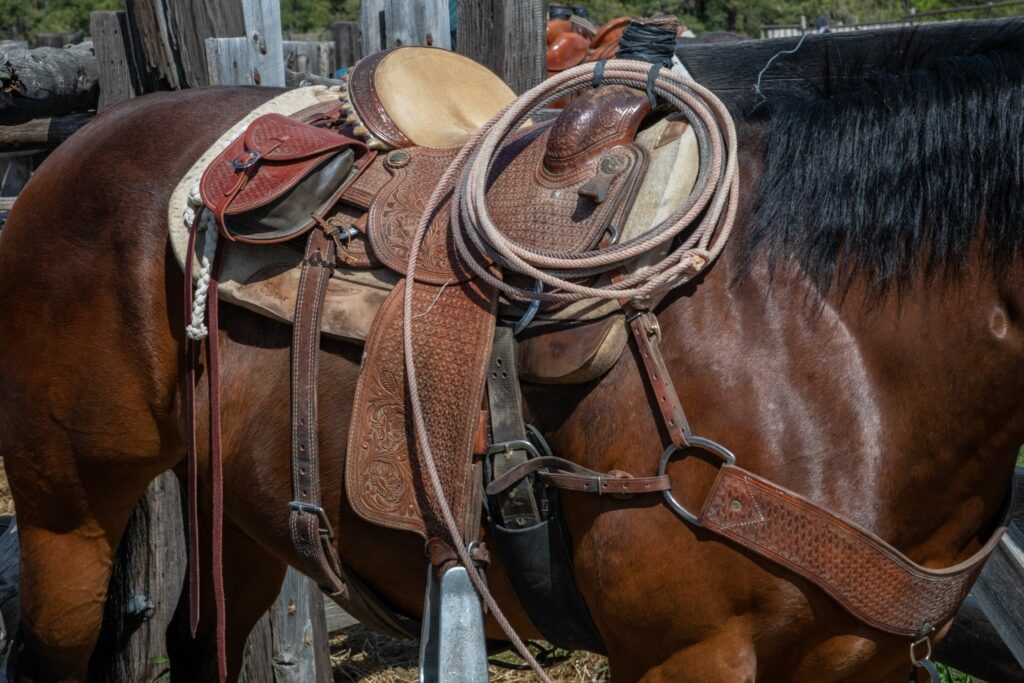
Photo Cred: Canva
What is the difference between dressage and cowboy dressage ?
Cowboy
Dressage competition is governed under USEF rules, while cowboy
dressage has its own governing body.
Dressage competition follows one set of judging standards, while cowboy
Similarities and Differences
At their core, cowboy
Similarities between Cowboy
- Fusion between the horsemanship of the Western tradition and that of the ancient art of
dressage - Based upon principles created by Eitan and Debbie Beth-Halachmy
- Traditional Western tack and rider attire
- Contact between horse and rider via the reins is less than that expected in traditional
dressage
Differences between Cowboy
- Cowboy
dressage has its own governing body, while Westerndressage follows USEF rules. - Cowboy
dressage welcomes horses and riders of all levels and abilities, including groundwork, while Westerndressage follows the stricter guidelines of traditionaldressage . - Judging cowboy
dressage takes breed variations into account, while Westerndressage follows a single standard regardless of breed.
Are cowboy dressage and Western dressage interchangeable?
Historically, yes. Each was developed out of principles created by Eitan and Debbie Beth-Halachmy. The Western
What breed is most commonly used for Western-style dressage ?
Although the American Quarter Horse is extremely popular for all Western-style types of riding, there are 49 different breeds represented at the Western
Frequently Asked Questions
Q: Can you ride dressage in a Western saddle?
You can practice
Q: Is Reining Western dressage ?
Although both have been heavily influenced by the Western cow horse tradition, Reining and Western
Q: What is a Western dressage saddle?
The rules for Western
Q: What should I look for in a Western dressage saddle?
Rules surrounding saddles are relatively permissive as long as the saddle is a Western stock-style saddle. Several types of saddles are not permitted, including Australian, English, Spanish, Baroque, endurance, and McClellan.
Aside from the basic kind of saddle, it should fit both you and your horse.
If in doubt as to whether the saddle is agreeable with your horse, find a qualified saddle fitter. This extra step ensures optimal comfort for both you and your horse.
Q: What bits are allowed in Western dressage ?
Most standard curb and snaffle bits are allowed in Western
Q: What does “change rein” mean in Western dressage ?
Change rein means to change the direction of travel within the arena.
Q: What is a good score in Western dressage ?
Scoring in Western
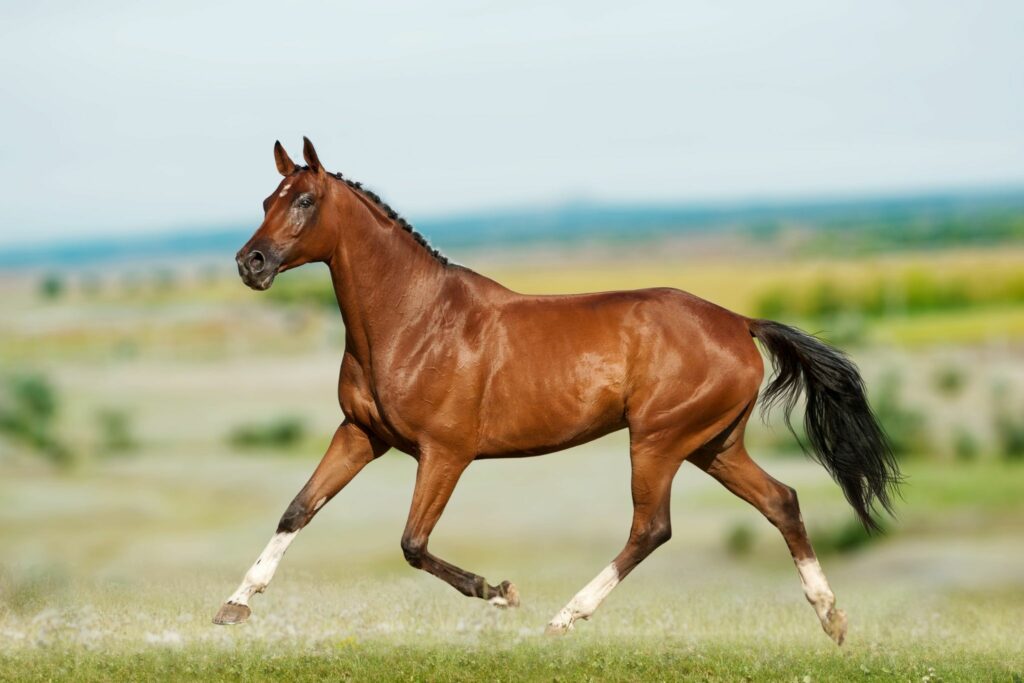
Photo Cred: Canva
Parting Thoughts
Both Western and cowboy
Riders want safe horses who are also a pleasure to be around, both elements that are central tenets of each sport. Not to mention the fact that they’re just plain fun to watch and perform!
If any of this intrigues you, get out there and give it a try for yourself! Western and cowboy dressage are incredibly inclusive and welcomes riders of all levels and abilities. There is a place for everyone in the sport, so find yours today!
P.S. Enjoy this article? Trot on over to:
- The Best Dressage Bridles
- Dressage Circle of the Aids: A Simple Explanation
- How to Pick Your Perfect
Dressage Horse - 7 Best Non-Slip Saddle Pads That Actually Stay Put
- 8 Best Horse Bridles by Use (Trail, Jump, Western, etc.)
- 7 Ways to Wow Judges & Improve Your
Dressage Scores - What Are the Levels of
Dressage ? - 3 Best
Dressage Boots for the Perfect Leg Position - 9 Best English Saddle Pads (Dressage, Jumping, All Purpose)
- 3 Best
Dressage Boots for Horses Moving Up the Levels - 4 Dressage Fashion Trends & Salute-Worthy Styles
Sources
Cowboy Dressage Vs. Western Dressage – COWGIRL Magazine
All Scoresheets, Test Diagrams and Call Sheets (cowboydressageworld.com)
Western Dressage | US Equestrian (usef.org)
Everything You Need to Know About Reining (fei.org)
WDAA World Championship Show (wdaaworldshow.org)
2d18b0d6-0cd8-86e7-da4d-21ba144ed42f (aqha.com)
WDAA Tests (westerndressageassociation.org)
Cowboy Dressage (equusmagazine.com)
Cowboy Dressage® at Wolf Creek Ranch
WDAA Equipment and Attire Guide 2 22 2022.pdf (memberclicks.net)
Bryant, J. O. (2006). The USDF guide to

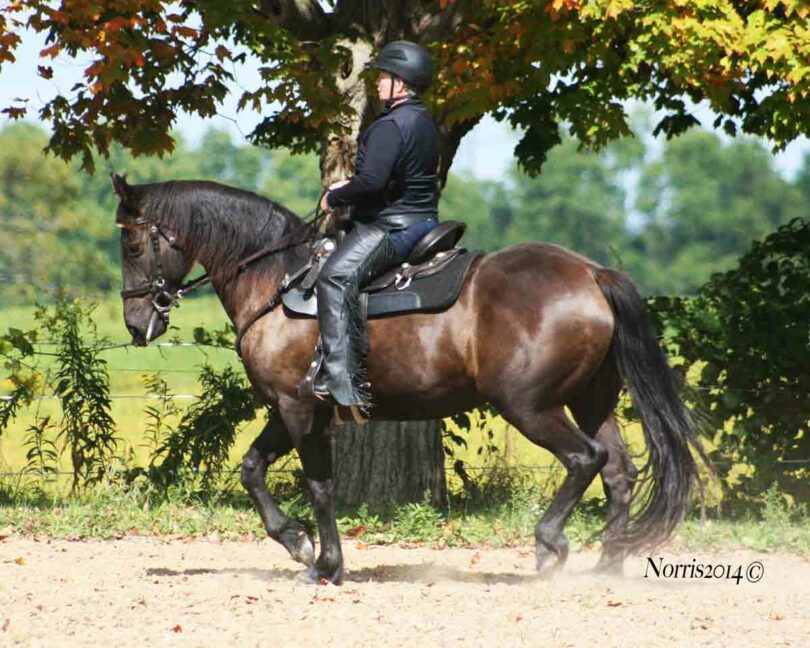
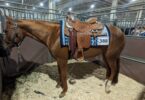
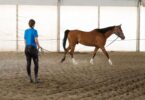


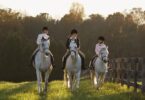
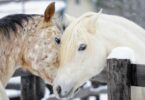
Nice article Aimee! You did a fantastic job of breaking all down and putting it back together for the person wanting to develop the soft communication we all desire with our horse. Bravo good job!